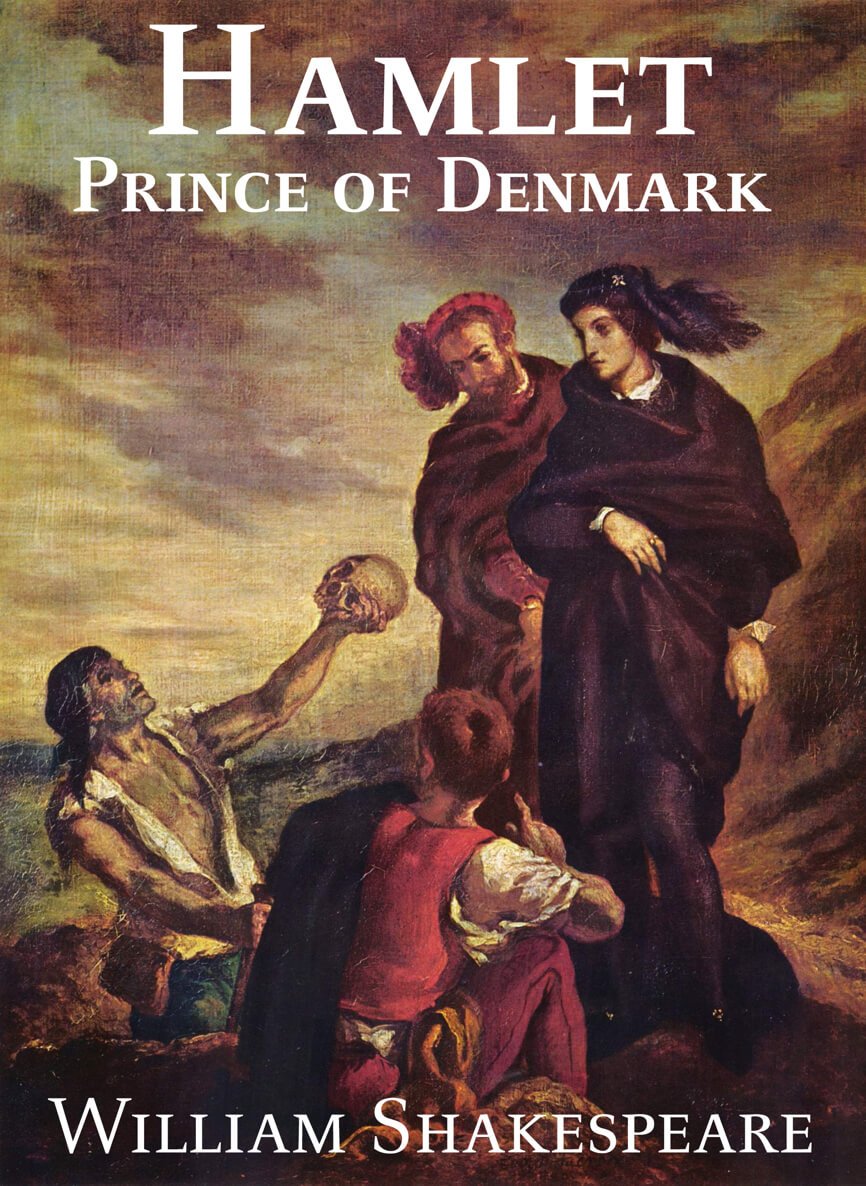Introduction:
Hamlet, the central character in Shakespeare’s tragedy “Hamlet,” is a complex and introspective figure. The Prince of Denmark is known for his intellectual depth, indecision, and internal struggles. Hamlet’s contemplative nature and intense emotional turmoil drive the play’s exploration of themes such as revenge, madness, and existentialism. His famous soliloquies, like “To be or not to be,” reflect his profound introspection and contribute to his enduring fascination with his character.
Significance:
The significance of this analysis lies in its contribution to the continued exploration of Hamlet’s character, shedding light on his timeless relevance. In a world grappling with moral and existential uncertainties, Hamlet’s introspective journey serves as a poignant reminder of the human condition. Understanding and appreciating the nuances of Hamlet’s character can offer insights into navigating the complexities of contemporary life, emphasizing the enduring power of Shakespeare’s exploration of the human psyche.
Analysis of Hamlet by Different Scholars and Researchers
I provide a brief overview of various scholars’ analyses of Hamlet. This investigation aims to understand Hamlet’s persona, drawing on the insights of renowned scholars, critics, and researchers. The objectives include exploring who Hamlet is, when and where his character unfolds, how he is perceived, what motivates him, and why his complexity is a subject of continuous exploration.
- Harold Bloom (who)
Scholars like Harold Bloom delve into Hamlet’s psyche, describing him as a reflection of the human condition. Bloom (2003) emphasizes Hamlet’s introspection and internal conflicts, portraying him as a universal figure embodying existential dilemmas.
- Wilson Knight (when and where)
- Wilson Knight (1930) places Hamlet in a world dominated by corruption and decay. Knight contends that Hamlet’s struggles are heightened by the morally corrupt environment, which shapes his responses to the challenges he faces.
- Ernest Jones (How)
Ernest Jones (1949) employs psychoanalytic theory to interpret Hamlet’s actions. Jones argues that Hamlet’s delay in avenging his father’s murder can be explained through unconscious desires and psychological conflicts.
- C. Bradley (When and What)
A.C. Bradley (1904) analyses Hamlet’s tragic flaw, suggesting it is rooted in his overwhelming intellect. Bradley contends that Hamlet’s overthinking and hesitation led to his tragic downfall. A.C. Bradley, writing in the early 20th century, focuses on the emotional turmoil within Hamlet. He analyses the prince’s moral dilemma, asserting that Hamlet’s delay stems from his intense moral and philosophical contemplation rather than indecision.
- Marjorie Garber (Why)
Marjorie Garber (1992) explores gender issues in Hamlet, examining how his perception of femininity contributes to his character. Garber argues that Hamlet’s complex relationship with Ophelia reflects broader societal views on gender.
- Jan Kott (where)
Jan Kott, a Polish critic, contextualizes Hamlet in a broader political and historical landscape. He interprets Hamlet as a reflection of political unrest, emphasizing the play’s relevance to the turbulent times it was written in.
- Sigmund Freud (how)
Freudian analysis, represented by Sigmund Freud, explores the subconscious motivations driving Hamlet’s actions. Freud suggests Hamlet’s relationship with his mother, Gertrude, plays a pivotal role in his psychological conflicts.
- Stephen Greenblatt (What)
Stephen Greenblatt’s New Historicism approach examines Hamlet in relation to the socio-political climate of Shakespeare’s era. He argues that Hamlet’s internal struggles mirror the broader cultural tensions of the Renaissance.
- Elaine Showalter (Why)
Elaine Showalter, a feminist critic, sheds light on Hamlet’s interactions with female characters. She explores how Hamlet’s attitudes towards Ophelia and Gertrude can be interpreted through a feminist lens, revealing underlying power dynamics.
The analysis of Hamlet, the protagonist in Shakespeare’s play “Hamlet,” involves examining the character through various lenses, including conversations, actions, remarks, and critiques from different perspectives that explore Hamlet’s persona.
- Conversations: Hamlet’s soliloquies, especially “To be or not to be,” reveal his deep introspection and existential struggles. His dialogues with other characters, like Ophelia and Horatio, showcase his complex emotions and philosophical nature.
- Actions, events, and incidents: Hamlet’s indecision, feigned madness, and handling of situations like the play within a play or encounters with his father’s ghost illustrate his internal conflicts and strategic thinking.
- Remarks and Comments of Relatives and Acquaintances: Opinions about Hamlet vary; some view him as troubled and melancholic, while others question his madness. Polonius and Gertrude, for example, interpret his behaviour differently, adding layers to his character.
- Close Friends and Circles: Horatio, Hamlet’s confidant, provides valuable insights into Hamlet’s thoughts and actions. The dynamics with Rosencrantz and Guildenstern reveal aspects of Hamlet’s trust and suspicion.
Link between today’s society (Imran Khan vs. Hamlet):
The tragic flaws in Hamlet, such as indecision and obsession, can be compared to certain aspects of Prime Minister Imran Khan’s political journey. Both Hamlet and Khan have faced challenges arising from internal conflicts and external pressures. The hamlet’s indecisiveness mirrors moments in Khan’s political career where decision-making and political maneuvering have been scrutinized. The complexities of leadership and navigating political landscapes contribute to the tragic elements in both narratives.
Recommendations:
As we navigate the challenges of our time, embracing the lessons embedded in Hamlet’s character can provide valuable insights. Encouraging self-reflection, promoting moral discernment, and fostering resilience in the face of adversity are essential. Hamlet’s enduring relevance calls for continued exploration in educational curricula, discussions, and artistic interpretations, ensuring that future generations engage with the timeless wisdom encapsulated in Shakespeare’s masterpiece.
Conclusion:
In conclusion, Hamlet’s enduring relevance lies in his portrayal of timeless human struggles, existential questions, and societal challenges. The character’s introspection, set against a backdrop of corruption, resonates across centuries. Scholars, through various lenses, have illuminated different facets of Hamlet’s complexity, contributing to ongoing discussions about human nature. In our contemporary times, marked by moral ambiguities and complex personal choices, Hamlet’s character remains a pertinent symbol of introspection and existential angst. To navigate modern challenges, individuals can draw inspiration from Hamlet’s journey, emphasizing the importance of self-reflection, moral discernment, and courage in the face of adversity.




